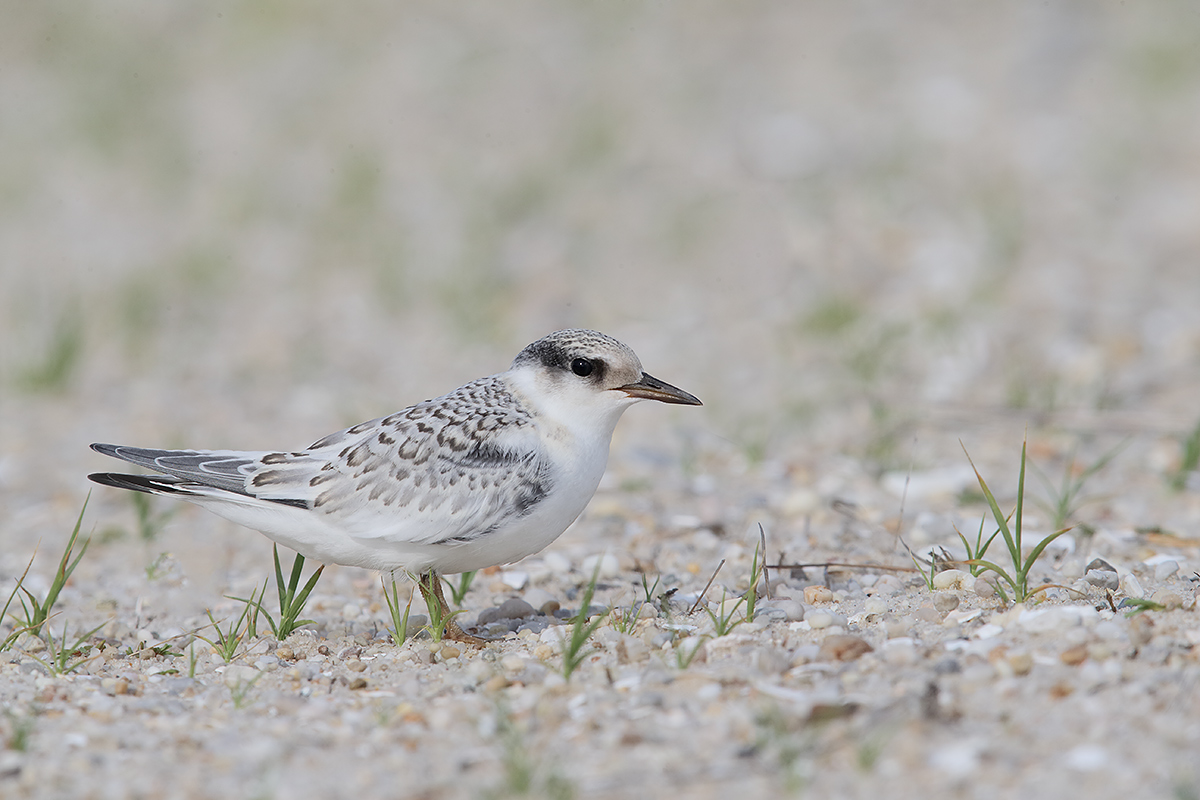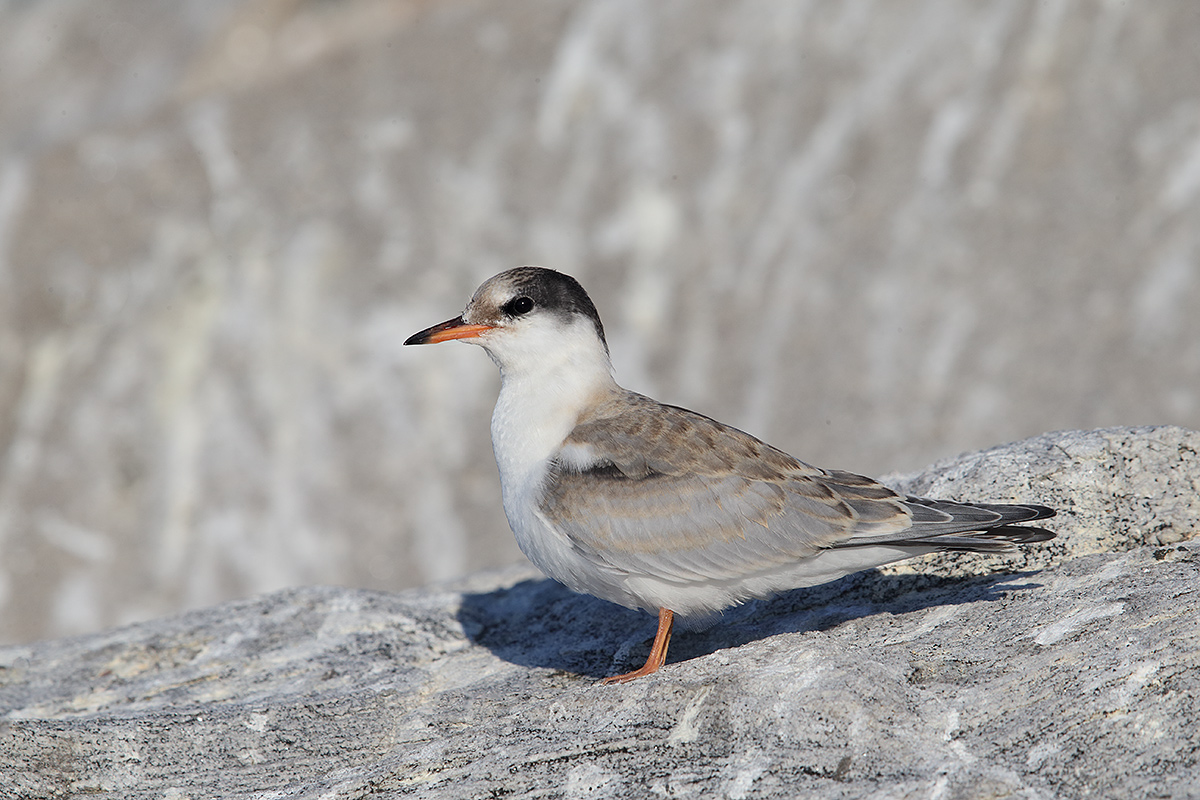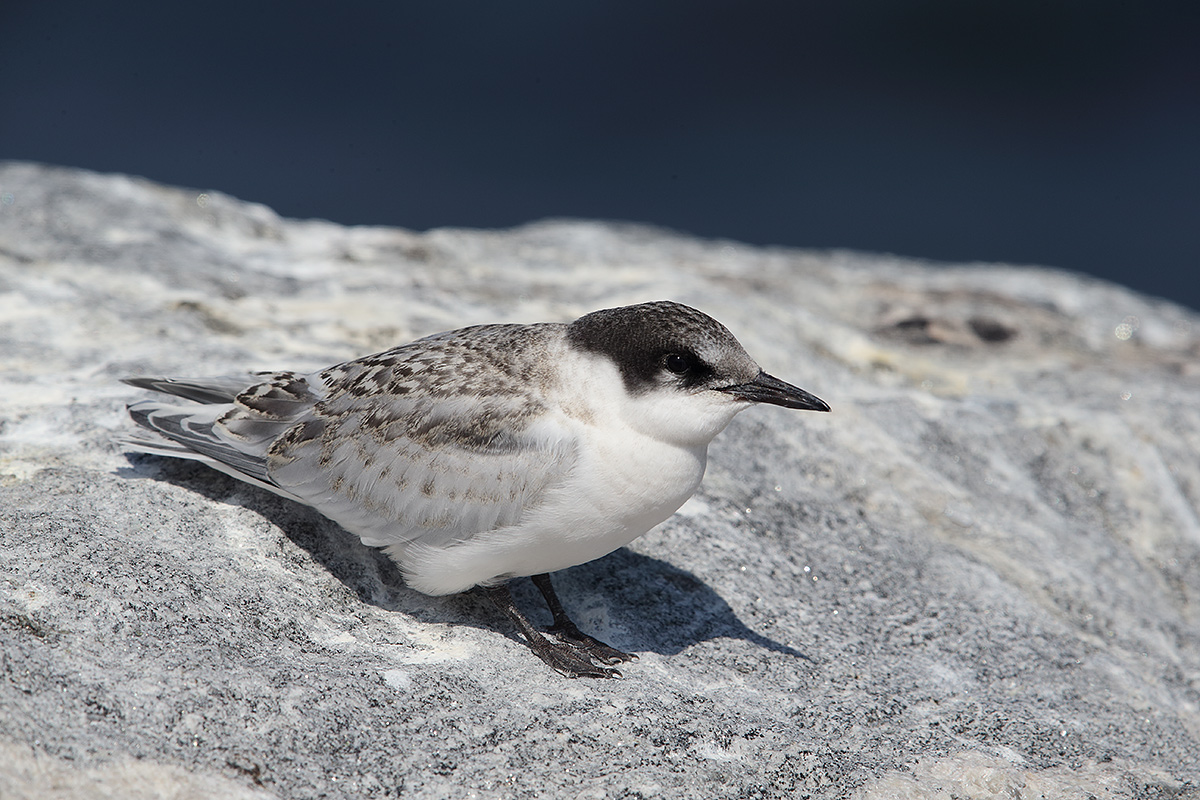The Streak Continues: 238
This post was published at about 5:30am from Great Gull Island. I photographed early and late yesterday on GGI and did well but not great. I did get to photograph some recently fledged Roseate Terns but most were banded. Again, I am online with my cell phone in the middle of nowhere–no electricity and no running water. I depend on one of two generators to keep the cell phone and the laptop charged enough to keep the streak going….
This post, which took me 1 1/2 hours to prepare, marks 238 consecutive days with a new enjoyable and educational blog post. With so many folks getting in the habit of using our B&H links and our Amazon logo-links, why quit now? April, May, June, and July have been fantastic as lots of folks are getting the message; using my affiliate links does not cost you a penny and helps support my efforts here. To show your appreciation, I do ask that you use our B&H and Amazon affiliate links on the right side of the blog for all of your purchases. Please check the availability of all photographic accessories in the BIRDS AS ART Online Store, especially Gitzo tripods, Wimberley tripod heads, and the like. We sell only what I have used and tested, and know that you can depend on. We will not sell you junk. We know the tools that you need to make creating great images easy and fun. And we are always glad to answer your gear questions via e-mail.
You can find the following items in the store: Gitzo tripods, Mongoose M3.6 and Wimberley heads, plates, low feet, and accessories, flash brackets, , Delkin e-film Pro Compact Flash Cards, LensCoat products, and our unique line-up of educational materials including ABP I & II, Digital Basics, Site and Set-up e-Guides, Canon and Nikon Camera Users and AF e-Guides, and MP-4 Photoshop video tutorials among others.
I would of course appreciate your using our B&H affiliate links for all of your major gear, video, and electronic purchases. For the photographic stuff mentioned in the paragraph above we, meaning BAA, would of course greatly appreciate your business. Here is a huge thank you to the many who have been using our links on a regular basis and visiting the BAA Online store as well.
|
This image was created with the Central Sensor (by necessity)/AI Servo-Expand/Rear Focus AF just ebelow and between the base of the bill of the bill and the eye was active at the moment of exposure. When you add the 2X TC to an f/4 lens with the 1DX or the 5D III hit the MFn button once to toggle to AF Expand and enjoy 4 extra AF sensors. Learn everything there is to know about the 1D X and 5D III AF systems including how to manage the various AF Area Selection Modes, when to use which one, and several ways to move the AF sensor around in the 1D X AF Guide and the 5D Mark III User’s Guide. Click here to see the latest version of the Rear Focus Tutorial. Click on the image to see a larger version. . |
Recently Fledged Juvenile Least Tern
In addition to being much smaller than their Sterna genus cousins, Common and Roseates, juvie Least Terns do not feature any brown, tans, or buff tones in their plumages. Their exquisitely patterned upperparts are various shades of black, grey, and silver. The bills of young leasts are blackish with a hint yellowish tones. The face has a dark eye stripe that will become more prominent as they age. They rarely associate with other tern species.
|
This image was created today, July 26 at Great Gull Island Project NY in bright sun at 7:16am with the Gitzo 3532 LS carbon fiber tripod, the Mongoose M3.6 head, the Canon EF 600mm f/4L IS II USM lens, the Canon Extender EF 2X III, and the Canon EOS-1D X. ISO 400. Evaluative metering +1/3 stop as framed: 1/1000 sec. at f/11 in Manual Av mode. AWB. Central Sensor (by necessity)/AI Servo-Expand/Rear Focus AF on the spot where the hind neck meets the upper back was active at the moment of exposure. When you add the 2X TC to an f/4 lens with the 1DX or the 5D III hit the MFn button once to toggle to AF Expand and enjoy 4 extra AF sensors. Learn everything there is to know about the 1D X and 5D III AF systems including how to manage the various AF Area Selection Modes, when to use which one, and several ways to move the AF sensor around in the 1D X AF Guide and the 5D Mark III User’s Guide. Click here to see the latest version of the Rear Focus Tutorial. Click on the image to see a larger version. . |
Recently Fledged Juvenile Common Tern
Recently fledged Common Terns feature more buff, tan, rust, and brown tones in their plumage than either of the other two species. Their soft parts–the bill, legs, and feet–colors range from light orange to pinkish orange. The bill has a dusky tip and upper ridge. The dark rear cap will become more prominent as they age. I enjoy photographing them on the rocks that protect GGI from erosion.
Folks need to consult their field guides when it comes to separating juvie commons from juvie Forster’s Terns–the latter feature a dark eye patch in all plumages.
|
This image was created today, July 26 at Great Gull Island Project NY in bright sun at 9:54am with the Gitzo 3532 LS carbon fiber tripod, the Mongoose M3.6 head, the Canon EF 600mm f/4L IS II USM lens, the Canon Extender EF 2X III, and the Canon EOS-1D X. ISO 400. Evaluative metering -1/3 stop as framed: 1/1000 sec. at f/11 in Manual Av mode. AWB. Central Sensor (by necessity)/AI Servo-Expand/Rear Focus AF on the hind neck was active at the moment of exposure. When you add the 2X TC to an f/4 lens with the 1DX or the 5D III hit the MFn button once to toggle to AF Expand and enjoy 4 extra AF sensors. Learn everything there is to know about the 1D X and 5D III AF systems including how to manage the various AF Area Selection Modes, when to use which one, and several ways to move the AF sensor around in the 1D X AF Guide and the 5D Mark III User’s Guide. Click here to see the latest version of the Rear Focus Tutorial. Click on the image to see a larger version. . |
Recently Fledged Juvenile Roseate Tern
This species is much rarer than least or common. They breed locally in the northern hemisphere only on GGI and at one major location off the coast of Massachusetts. They are seen infrequently on their long migrations. They have fewer of the earth tone colors in their plumage than the commons and are most easily separated from the commons by their all black feet and bills. Like the young commons, it sports a dark rear cap. I am greatly enjoying the opportunity to photograph the young of this species for the first time thanks to the kindness of long time GGI director Helen Hays.
Be sure to like and follow BAA on Facebook by clicking on the logo link upper right. Tanks a stack!
Support the BAA Blog. Support the BAA Bulletins: Shop B&H here!
We want and need to keep providing you with the latest free information, photography and Photoshop lessons, and all manner of related information. Show your appreciation by making your purchases immediately after clicking on any of our B&H or Amazon Affiliate links in this blog post. Remember, B&H ain’t just photography!
Amazon Canada
Many kind folks from north of the border, ay, have e-mailed stating that they would love to help us out by using one of our affiliate links but that living in Canada and doing so presents numerous problems. Now, they can help us out by using our Amazon Canada affiliate link by starting their searches by clicking here. Many thanks to those who have written.
Typos
In all blog posts and Bulletins, feel free to e-mail or to leave a comment regarding any typos, wrong words, misspellings, omissions, or grammatical errors. Just be right. 🙂

















Arthur complimenti,
la seconda foto mi piace di più perché gia si intravede la maestosità,
della giovane Sterna.
Un saluto Bruno
Grazie. Tutti amano il secondo termine. E ‘molto bello. Best, artie
Nice images. The least terns are my favorites, including as adults, and I’ve been lucky with them here on Nantucket. But they are so small….I found some common terns today and they are so much easier to photograph!
Echoing the other comments. Love seeing the three juvie species here in one place! Especially glad to see the juvie Least… been watching some Least Terns here in NC, that had at least one chick born right before Hurricane Arthur came over. The chick survived the storm and is between 3 and 4 weeks old now, I would guess. My last visit was two weeks ago; going to check on the colony hopefully later this afternoon. How old do you estimate this juvie is, Artie? Thanks for all you do for all of us.
I’d guess that the juvie least is about 4-5 weeks old. artie
First and second shots really show the dramatic difference a slightly different head angle makes. First shot very good but 2d shot with a slight head angle toward viewer is a killer.
I disagree but only 100%…. artie
Beautiful shots.
Question; Is it worth putting a 2x III on a 300mm f4 ? So far I’m getting good results with 1.4 II. Tried 1.4 III and got sharper results with the II. Using a 5D III.
Thanks for your expertise and info over the years. You are truly an inspiration. Just wish I could get those low angle shots. At 80, getting down is problematic with getting up even more so.
I can never tell what is “worth it” for someone else. In general we recommend against using a 2X TC with the 300 f/4. With good light and when working off a tripod it is, however, possible for competent folks to create very sharp images with that combo.
The 1.4X II and the 1.4X III are pretty much equally sharp so I would question your findings there…. That rig might need to be Lens Aligned…. Thanks for your kind words. At only 68 I am finding it a lot harder to get up and down off the ground than ever….
It’s nice to see all three here so that we can compare them. I like the juvi Least Tern’s plumage best. The adults are slick looking birds and so are their young. The juvi Roseate Tern looks stockier- is it?
No running water-yikes!
Thanks. I agree that the juvie leasts are the most beautiful. Yes to stockier–their primaries are not fully grown and they don’t get their long elegant tails until their first summer. The only water that runs on GGI is the water than runs off the roof into the cistern when it rains….